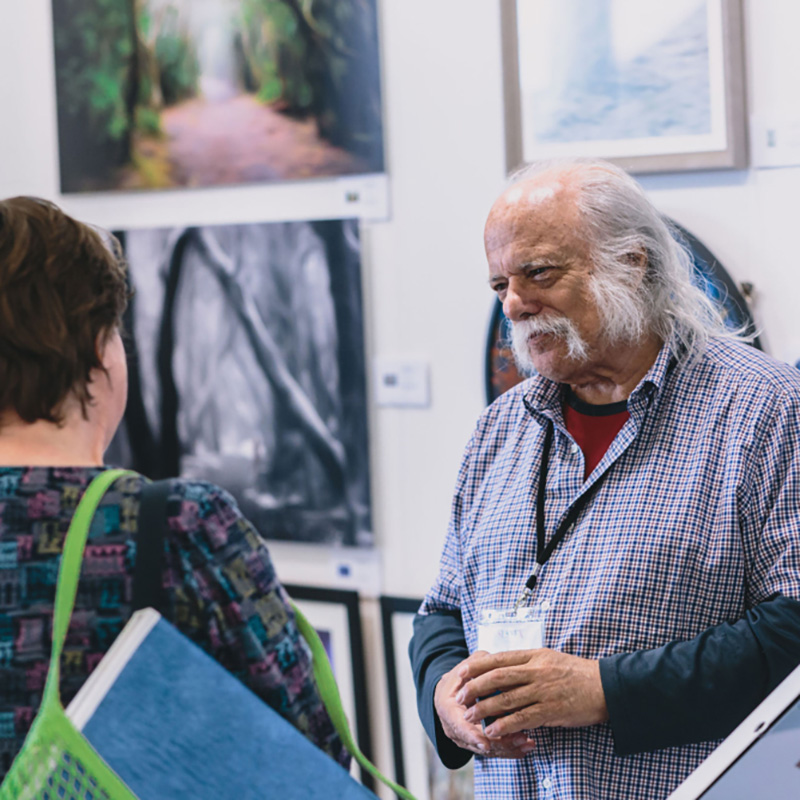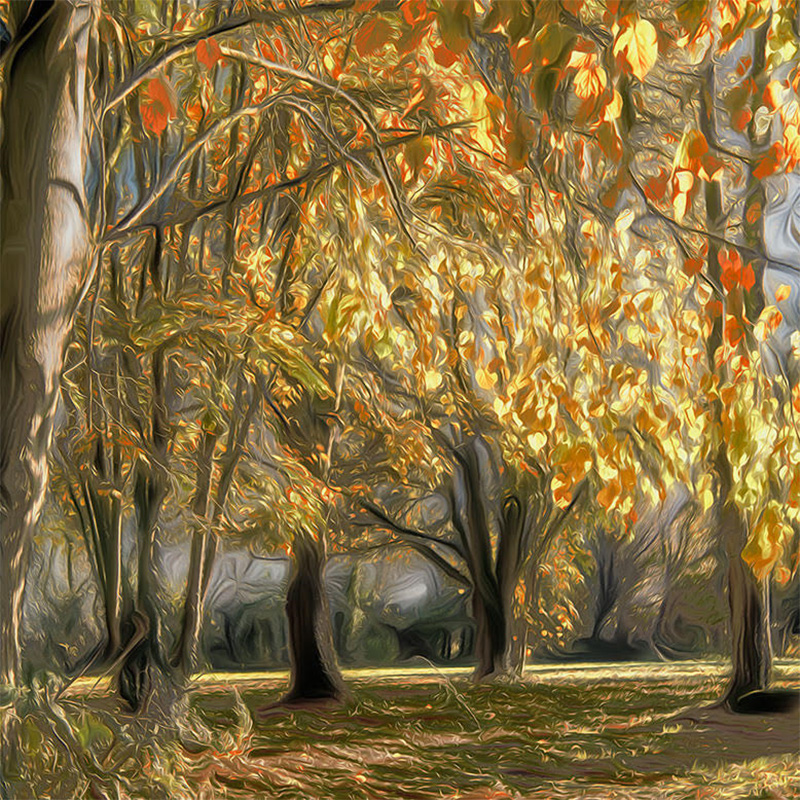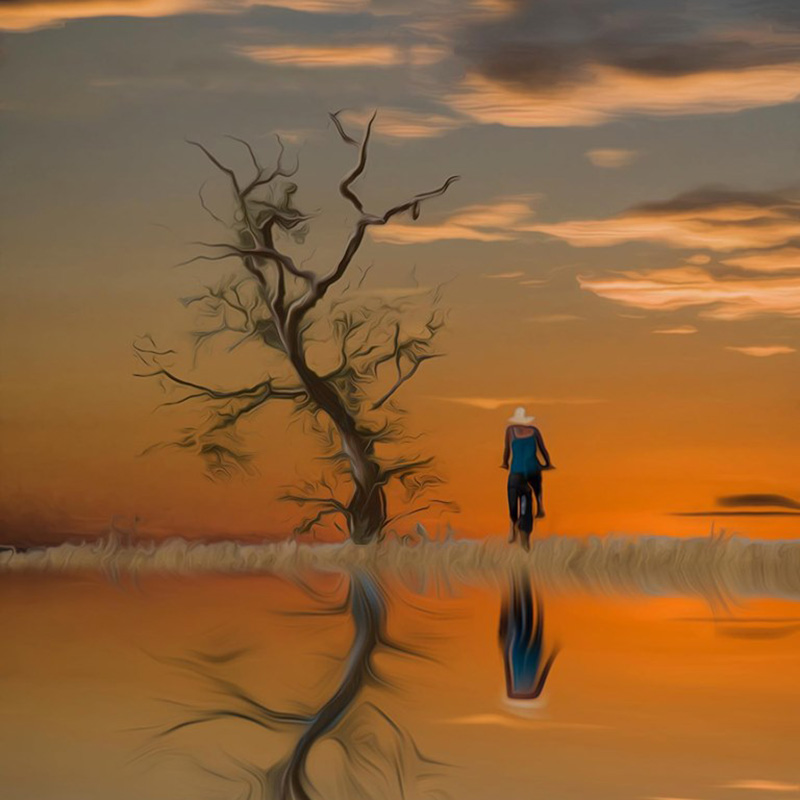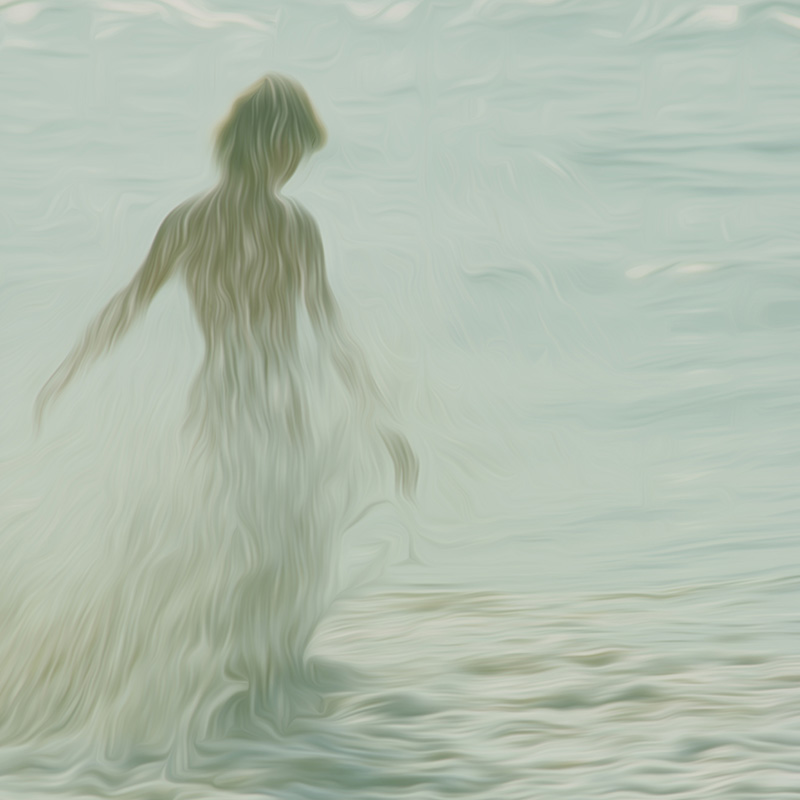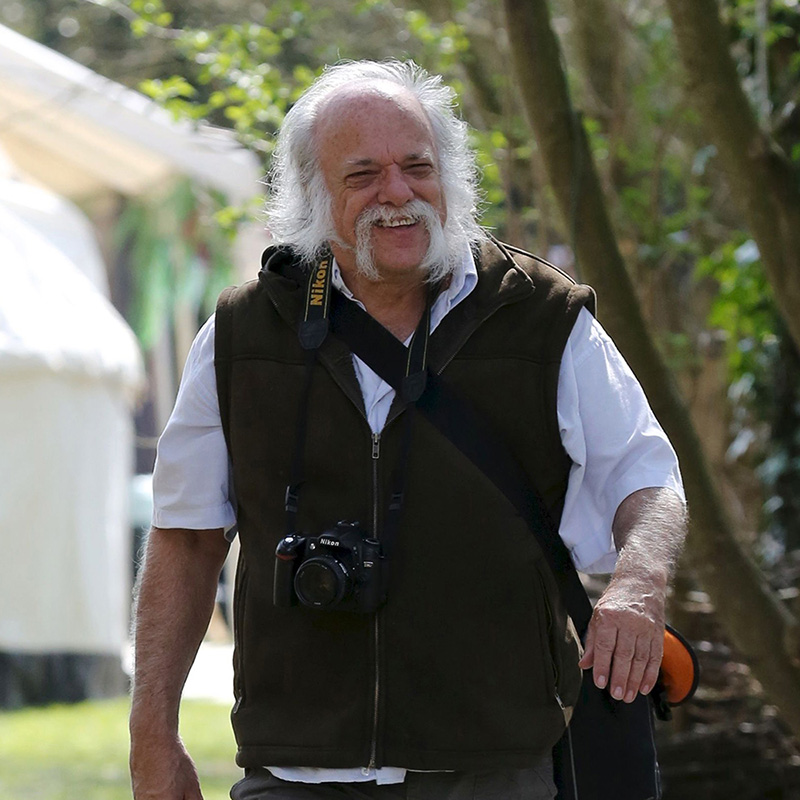MEET THE ARTIST: Dr Martín Raskovsky
My current interest is in the post capture creative process. It is a search for colours and forms that emanate from my inside, often completely unrelated to the original subject. Brush in hand, the journey of image transformation is an art form of its own. Colours and shapes are transformed again and again until the time when a solution emerges, sometimes with a tremendous eureka effect; almost orgasmic. The journey from photographic camera to canvas, my creative journey.
What is your background and where are you from?
I was born in South America, Argentina, photographer since early childhood. At 9 years old, I build a darkroom in the bathroom of my parents’ home. Self-taught in photography and never studies any art form. Studied software engineering, have a PhD in Computing Science, Lecturer in Essex University and research fellow in Oxford University.
At the age of 67, after 50 years being passionate about software, went to my first exhibition in Brick Lane gallery in London. That date changed my life and shortly afterwards, had the “luck” of being made redundant in my job, so decided to leave behind software and dedicated 100% to my new life in the arts. I am now passionate about photography … for the next 50 years.
How do you classify your work?
Being a photographer I enjoy shooting – the moment of actually taking a photo – I do not do staging, so shooting is an instance that follows the quick preparation of focus-aperture-time and composition, a very short in time activity. However, I find that capturing reality photographically can deliver less or different from our internal perception. On the other hand, post processing – manipulating that captured reality – allows imagination and dreams to be brought to the canvas. I use a computer with no particular software tools to transform that reality in order to match my emotions. For me, it is a journey bouncing between reality and imagination, searching for the image that comes from my inside is an activity that takes time and all throughout gives me tremendous pleasure with a satisfying finale, the eureka moment being almost orgasmic.
Where do you find your images?
I travel searching mainly for nature, woods, seas, deserts, even though landscapes can also be urban. Like any tourist I travel with my camera capturing reality. It is later on, at home, in my desk, that the fun starts. Manipulating an image can take days, weeks, or much, much longer. One of my most popular images “Mermaid” was initially an image captured at the sea side in Portugal, it took many, many years of experiments in the pre digital world first and finally with the current digital tools to be able to arrive to a conclusion. The original model was a young girl then, who only saw the final result 30 years later when she received a print while surrounded now by her grand children.
Is there a common reaction to your work?
The most common question I receive is: “Is it a drawing or a photograph?”. Other times, I see jaws drop when I reveal my work is photographic. People are drawn to the oneiric look of my images. Another common comment is: “Your compositions of reality and imagination match something in my perception which is very pleasant”.
How have you developed since you first started exhibiting your work?
My life has completely changed since I started to exhibit my work. The feedback received is tremendous. I feel an art piece is born the moment it touches and produces an emotion in the observer. Before that it is just a piece of colour in the wall. It is the interaction of the canvas and observer that make the colours became art.
What do you have planned for 2020?
I am about to move to Cornwall, the move as such is delaying new work, but I expect 2020 will see new work emerging from the new inspirations provided by the new adventure.

